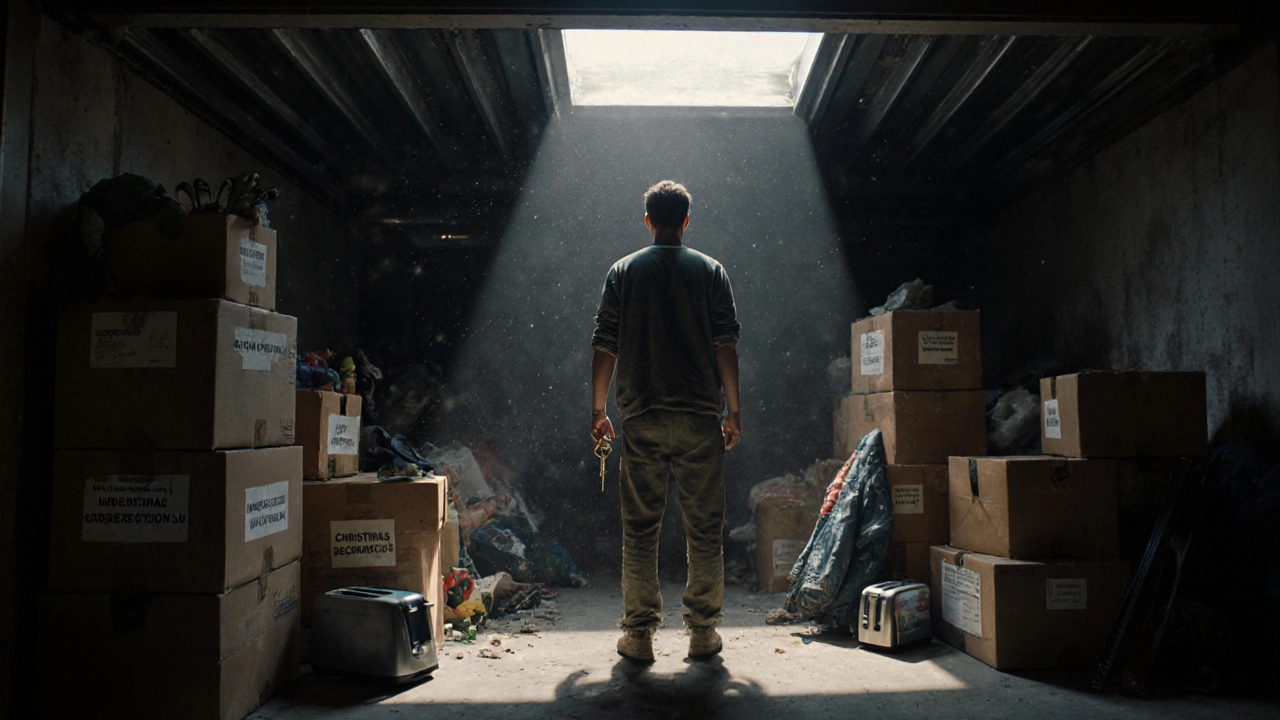Paying for Storage: What It Costs and How to Avoid Overpaying
When you start paying for storage, the act of renting space to keep belongings you don’t use daily. Also known as self-storage, it’s not just about tossing stuff in a box and locking a door—it’s a practical decision that affects your budget, space, and peace of mind. Whether you’re moving, downsizing, or just running out of closet room, paying for storage is common. But not all storage is created equal. Prices swing wildly based on location, size, security, and even the time of year. A 5x5 unit in rural Yorkshire might cost £30 a month. In London, the same space could run you £80 or more.
What you’re really paying for isn’t just square footage. It’s climate control, 24/7 access, video surveillance, and sometimes even insurance. Storage units, rented spaces designed for personal or business item storage, often in standalone facilities. Most people assume bigger means better, but a 10x10 unit is often way more than you need. The average household uses a 5x10 or 5x15 for long-term storage. Warehouse storage, bulk storage managed by logistics companies, typically for businesses or large-scale moves. That’s a different game—think pallets, forklifts, and contracts. Most homeowners don’t need it. Stick to self-storage unless you’re shipping inventory.
Timing matters too. Storage facilities drop prices in winter when demand is low. January and February are the best months to lock in a deal. Avoid signing up around moving season—May through August—when prices spike. Some places offer free first month, but read the fine print. That deal might require a 12-month lease or auto-renewal at full price. Always ask about move-in discounts, military rates, or referral bonuses. And don’t skip the inspection. Check for leaks, pests, or rust on doors. A cheap unit that ruins your stuff isn’t a bargain.
There’s also the hidden cost: time. If you’re paying for storage but never going to visit it, you’re wasting money. Ask yourself: Will I actually need this in six months? Or is this just clutter you’re avoiding? Many people pay for months—or years—of storage for things they never use again. The average person retrieves stored items just once a year. If you’re not going to use it, sell it, donate it, or toss it. Storage should be a temporary fix, not a permanent solution.
What you’ll find below are real, practical posts that cut through the noise. We’ve got guides on how to pick the right unit size, what to store and what to skip, how to pack efficiently so you don’t need extra space, and even how to compare local facilities without getting tricked by marketing. You’ll see what people actually pay across the UK, how storage affects your home layout, and why some companies charge more for the same square footage. No fluff. Just facts you can use the next time you’re signing a lease.
Is paying for storage worth it? We break down real costs, hidden risks, and smarter alternatives for Kiwis holding onto things they don’t use. Find out when storage helps-and when it’s just wasting money.
Nov, 18 2025
